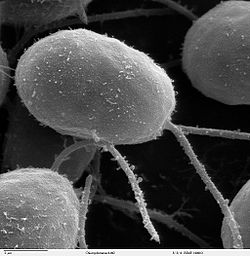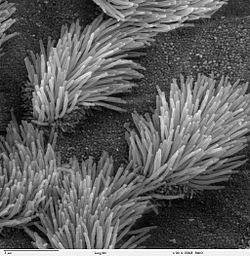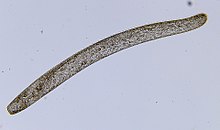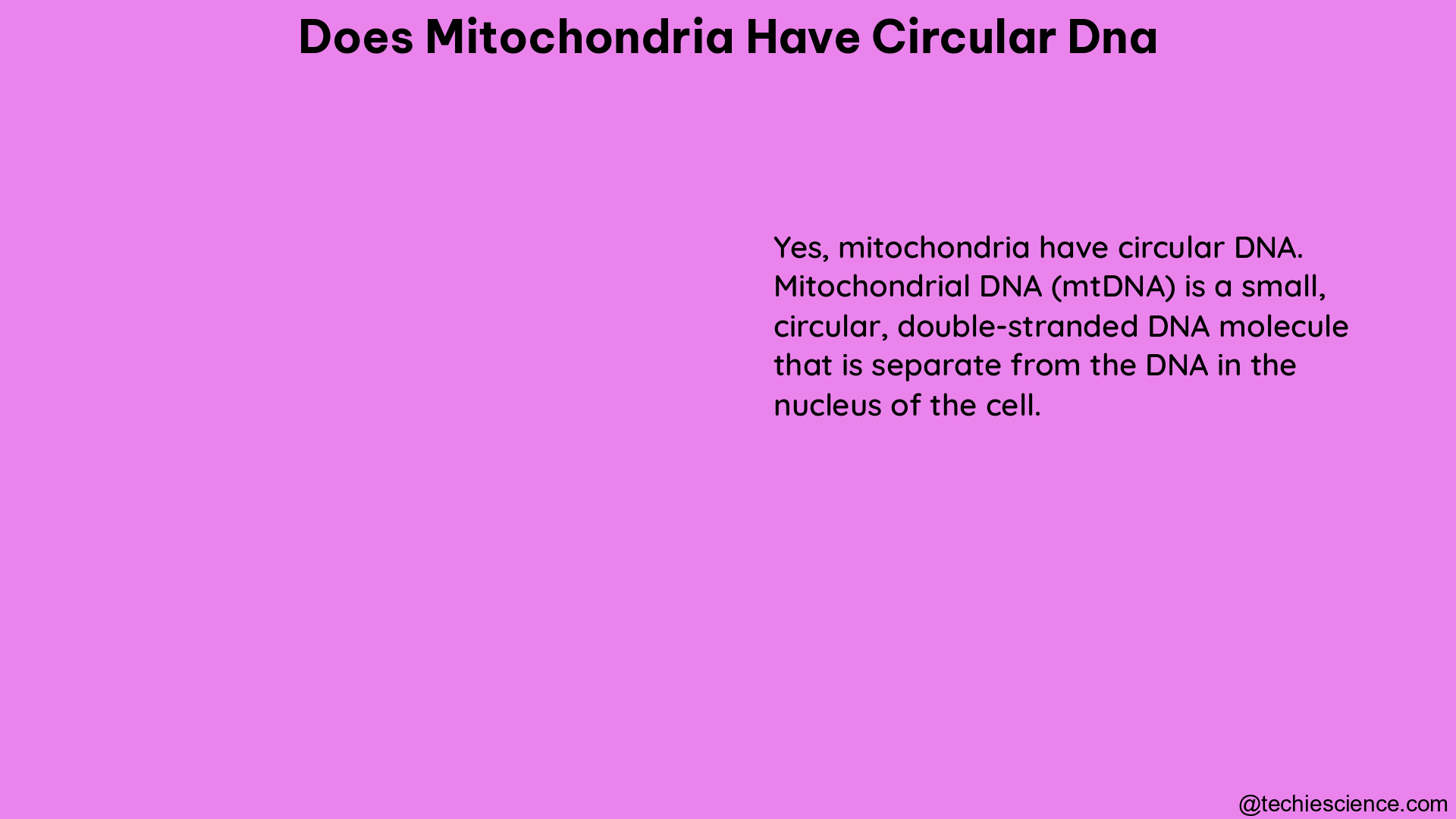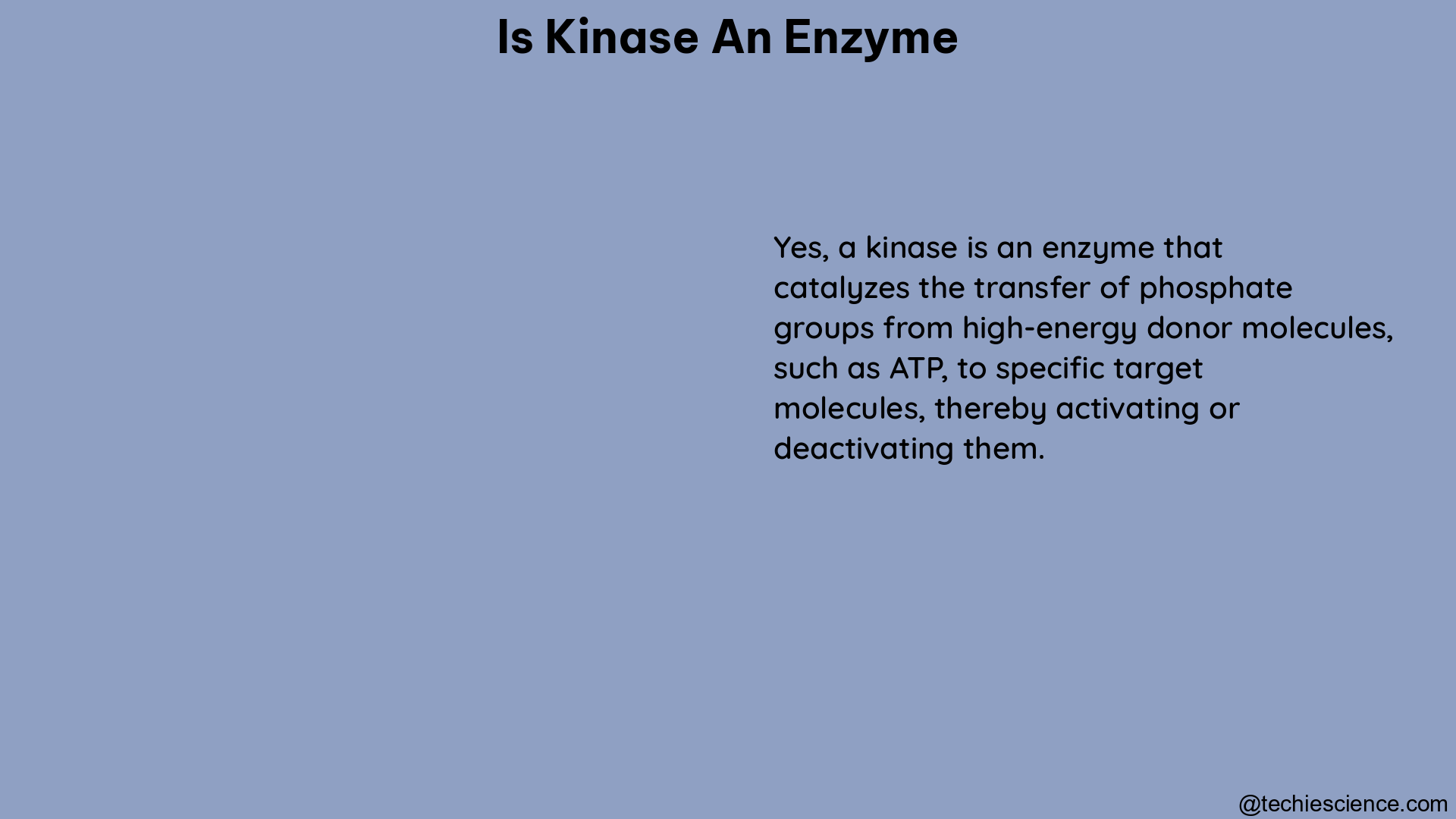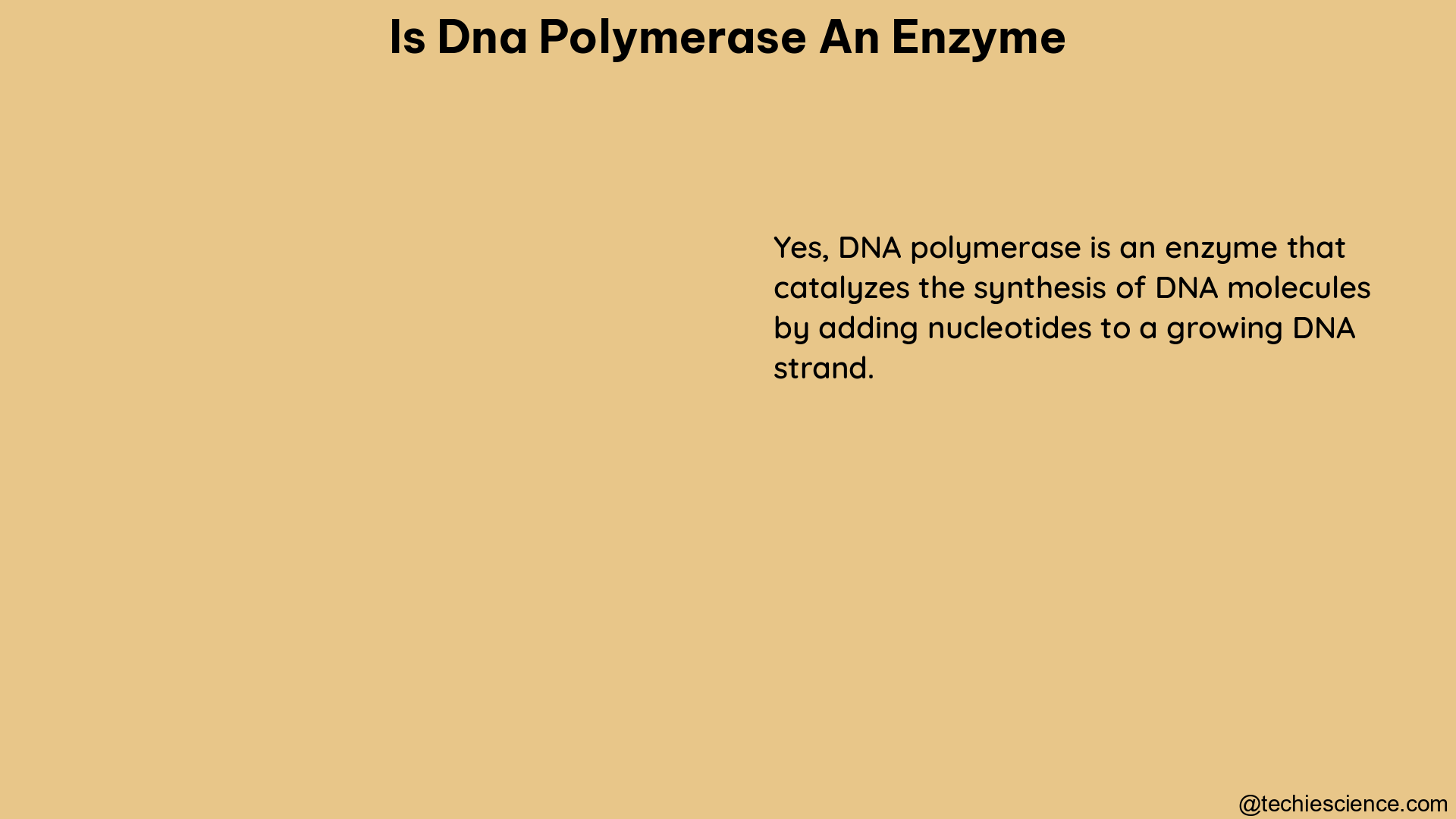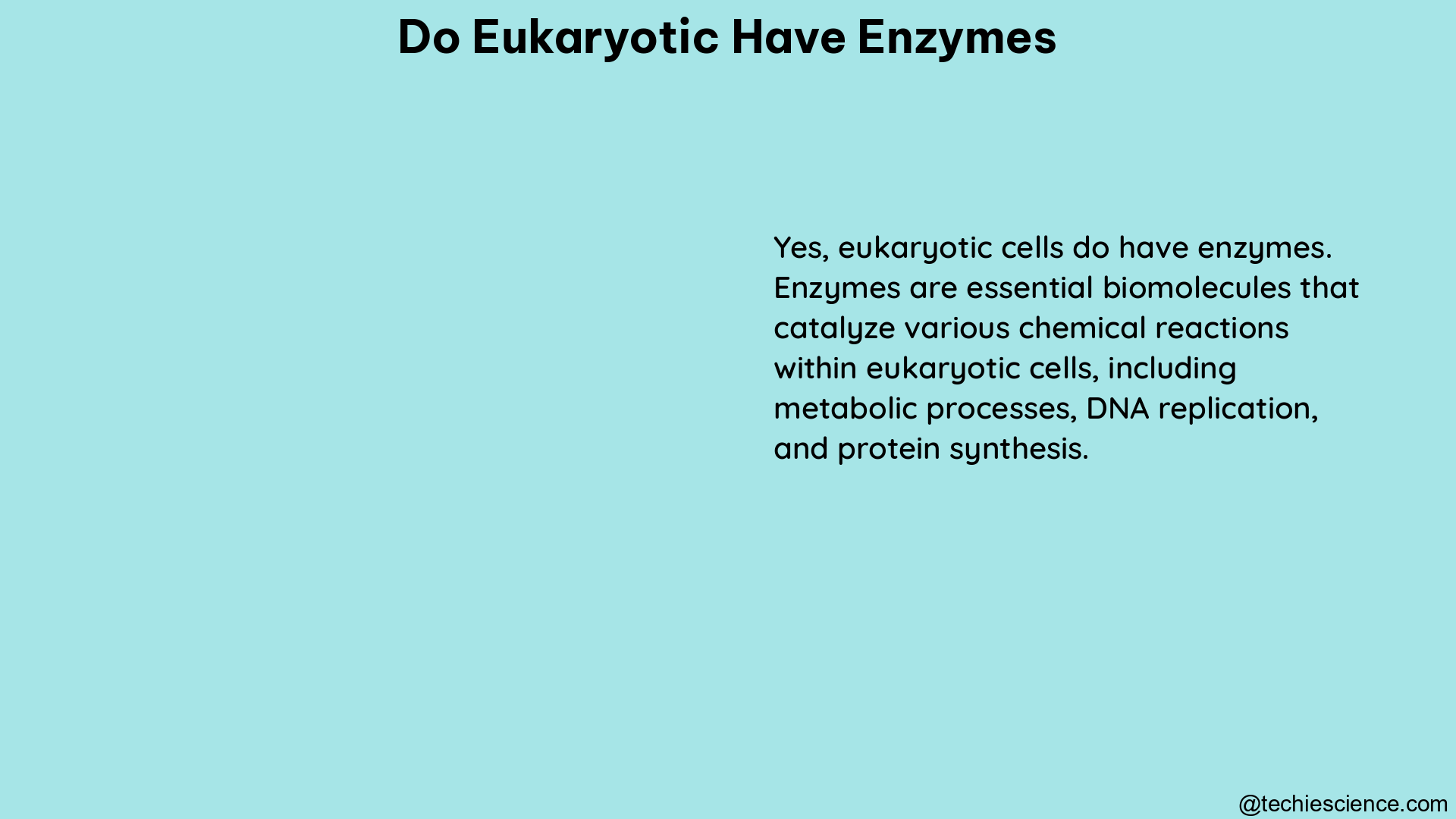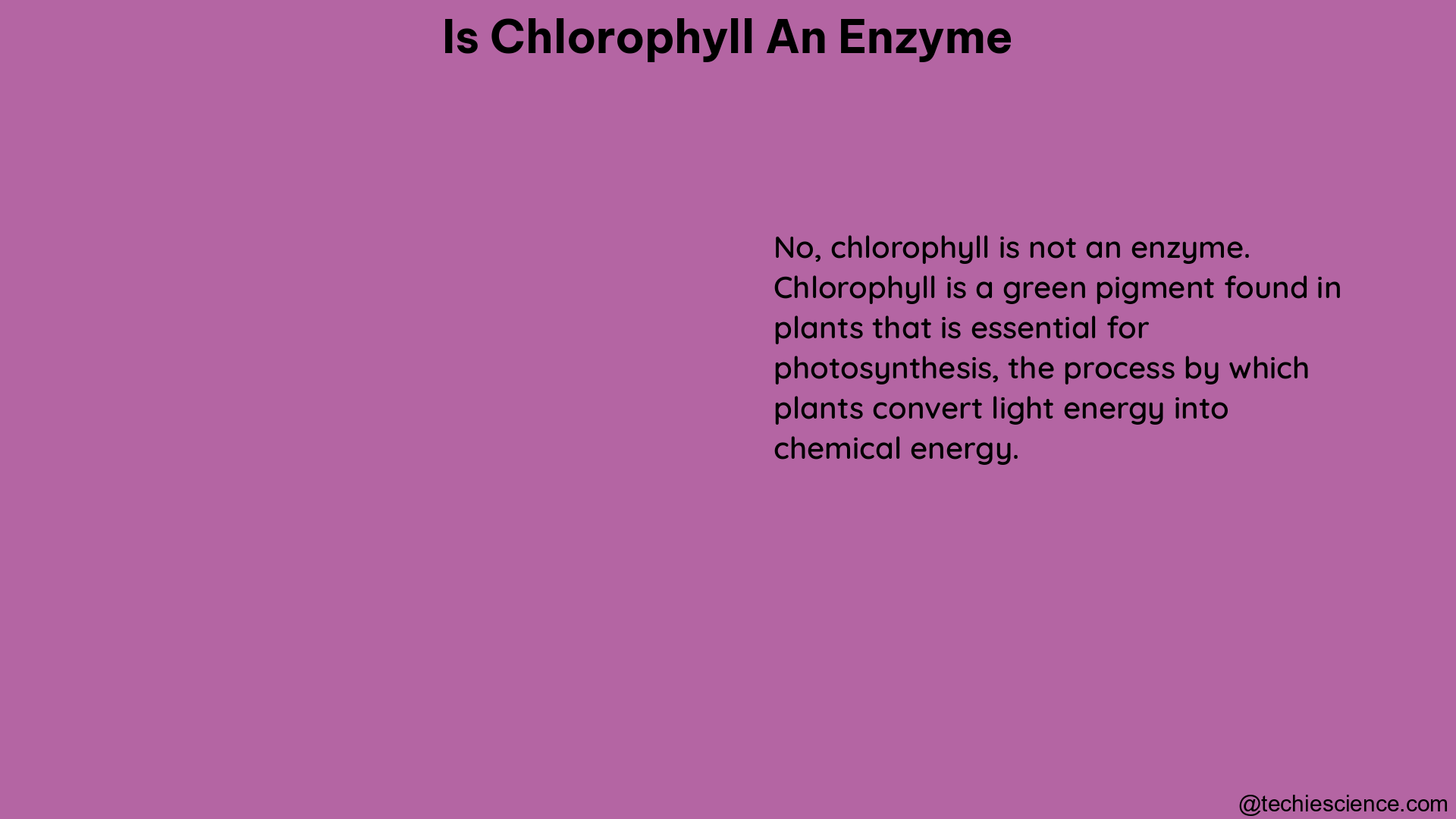Osmosis is the method by which the molecules of the solvent tend to pass form the solution of less concentration to the solution that has more concentration.
A hypertonic solution is the one that have more of the concentration of solute out of the cell than in it. Some of the Hypertonic solution example consists of-
- Sea water
- Sugary drinks
- IV Drips and the injections
- Dextrose water
- Human kidney
- Extracellular fluids
- Hypertonic saline
Osmosis is termed to be a passive method and takes place without any use of energy. It contains the involvement of the molecules from the area of high concentration to low area till there is no different seen in both the concentration and is equal on either sides for membrane. Any of the solvent are able to go via this method being gas or liquid.

In more simple terms the hypertonic solution is a specific type of solution that has more solute concentration on the outer part while being compared to the within of the cell. This leads to leaving of the water of the cell and then flowing in the way of the solution around it. It is easy to not find it elsewhere rather presuming it to be found in the lab.
Sea water
Hypertonic solutions help in getting to keep the food safe. Also, the method of reverse osmosis is used to get the solutions purified.
Sea water has more amount is salt particles when compared to the freshwater that even makes it a good hypertonic solution example. The fish there in the clear water are not able to love in the salt water.
It is so as the water shall rush from the fish cells onto the nearby salt water and thus cause the freshwater fish to die from dehydration. The fish in saltwater on the other part, have adapted themselves to this hypertonic solution example and rely on this to have their cells regulated.

The same thing gets to work with the plants present in the salt water. The usually plants tend to need water to get into the cells, while the plants in seawater like the seaweed or the mangroves tend to already have salt from the nearby area and with adaptability tend to best survive in the same level.
Sugary drinks
In very simple terms, sugary drinks are said to be beverages that are made with either adding sweeteners or sugar.
Sometimes, we taste a lot of sugar and this is because there is more sugar in the drink that there is water that makes it a hypertonic solution and a good hypertonic solution example.
The lips tend to pucker as the water from the mouth tend to rush in the drink and then gets the mouth dehydrated. The sugar drinks can be drawn for water from the cells of the intestine that helps prevent the nutrients from getting absorbed. This is also a reason behind the sports drink tend to have less sugary drinks.

The sugar drinks also have electrolytes that come in the body fluid and then diminish as one sweats or exercises. Hypertonic ones have less salt and also sugar than the human body. In general, it is taken after workout and can be a taken at large events with being good at energy while losing a lot of fluid that gets replaced.
IV Drips and the injections
IV fluids are mostly the liquids that have been formulated and are injected in the vein to help get rid of dehydration.
These IV Drips and the injections as hypertonic solution example are actually administered in the hospital and the injection IV drips. They are provided to the patient with edema to draw water.
These draw water away from the patients having body issues from the tissue that are bloated and then back to the blood. They can be sued up to replace the electrolytes in body for the people who are injured and sick and that cannot take in food in any form healing themselves.
Hypertonic saline
A hypertonic solution contains a higher concentration of solutes compared to another solution. The opposite solution with a lower concentration is known as the hypotonic solution. Scientists must describe cell contents compared to the environment. If a cell is placed in a hypertonic solution, the cell is considered hypotonic.
If the cytosol of the cell is a hypertonic solution, it means the environment is hypotonic, or more weakly concentrated. This is of great importance because solutes and water tend to flow or diffuse along their gradients. Two solutions mixed together will eventually become a single solution. Two solutions mixed together will eventually become a single solution.
Some of the example that support these to be a good example of hypertonic solution example are-
3% and 2% Hypertonic saline
The saline that is hypertonic describes any preparation of saline that has over a concentration of 0.9% of sodium chloride which is the normal saline. The doctors are seen to prescribe 3 or 2% of the hypertonic saline to the ones that need to help loosen the thick mucus. These patients can have cystic fibrosis or dangerous bronchitis.
23% and 7% Hypertonic saline
The one that is in specific of about 23 or 7% hypertonic saline is used up to help the one that have injuries with the brain being severe. It helps in getting the fluid drawn out of the cells to help with cerebral edema. Mostly, the hypertonic saline that is over 3% is used in the central base rather than any other IV drip.
Dextrose in Water
It is also referred to as the D10W as it has 10% dextrose . Water that has a large amount of dextrose in it can be much effective on the way to have the fluids replaced up and then also works with the calories in the IV drip. This sample of hypertonic solution example works will with the babies that are at risk for the blood sugar being low.

Human Kidney
To regulate the amount of water in the body, the human brain has special proteins called osmoreceptors, which can measure the osmolarity of the environment surrounding the cell.
If the environment becomes a highly hypertonic solution, it is because there is not enough water in the blood to dilute the solutes. The hypothalamus releases hormones while increasing the permeability of membranes in the kidney.
The hypothalamus releases hormones while increasing the permeability of membranes in the kidney. The kidney resorbs the water that would have been excreted and adds it back to the bloodstream. The blood becomes more isotonic compared to the cells, and normal processes can continue.

Extracellular fluids
In biology the extracellular fluids are the ones that is not seen in the cells. IT so seen in the lymph.
The blood cells that are good and healthy do have the equal quantity of water around them. Yet, of we tend to sweat a lot or might lose a lot of water that sodium in certain ways the extracellular fluid shall be hypertonic and one shall be dehydrated.
Osmosis takes place at this time in between the fluids and the ted blood cells that are depleted prevents them from getting to carry the oxygen. Hypertonic dehydration can be mild and also sever like dry mouth, thirst to poor function of kidney and muscle cramp. These fluid is made of lymph, the blood plasma and interstitial fluid.
There is also the availability of two other type of solution depending on the concentration of what they serve for and they are-
- Isotonic solution
- Hypotonic solution
Isotonic solution
These are the solution that have the same level of osmolality or the concentration of solute as the other solution.
If there is a separation via the semipermeable membrane, then the water tends to flow in same part of either solutions and then to the other. The example for isotonic are lot different from the Hypertonic solution example.
There is zero flow of water in the solutions despite water moving in both the ways. In terms of biology, some of the cells shall be maintained in the isotonic part to have a support for the cell functions. Man of the animal cell tend to lack cell wall that help minimize the water pressure reply on the outer area to have its shape in form.

Most of the animals tend to balance the osmolality and ph of the fluids by making of the isotonic solutions to have the cells bathe in. The solution tends to carry the water and the nutrients with having them in proportions to have them maintained well in the cell. Same concentration of the solute in and out of the cell with exchange of the molecules of water via the cell membrane.
This can be seen contrasting with the Hypertonic solution example and the hypotonic ones. Blood cells is not a Hypertonic solution example yet a good sample for the isotonic solution example. It is vital for the water to move in and out of the cell to have the function of transferring oxygen in place and the rest of the nutrients to be other portion of body.
If the cell tends to be hypertonic they shall be plasmolyzed. The osmoregulators and conformers are also an example for this. Nature has two type of organism one that conforms the environment osmolality and the other that tend to regulate it in its body separate from the surrounding. These animals are in isotonic state as they evolve its concentration as per the environment and its need. It is mostly in lower level.
The other form of osmoregulators do not place in the isotonic way. This means that the water wants to enter and then leave the body with using several methods for getting leaked. In of the cell they cell exist in an isotonic way and the cell needs to maintain its use. Both the conformers and regulators need to remain functional and with different use to serve.
Hypotonic solution
A solution can be either of the three being isotonic, hypertonic or hypotonic. A solution having less solutes us hypotonic.
A solution that has less quantity of the solute as compared to the concentration of solute in the rest of the solutions across is called to be hypotonic. The example of it differs from Hypertonic solution example.
It is vital to get into minds the importance of solution in science. A solution in term of scientific manner refers to the mixture system that is homogenous and is made up of two or many constituents. They have two parts in any form of mixture being solutes and solvent. The quantity that gets dissolved is the solute and the other is solvent.

Hypotonicity is the term that is related to the property of the solution to have a well-defined and relative solution. In the biology lines, the major time the solution is compared to the cytosolic fluid is the fluid seen inside the cell. Thus, a solution can be said to be hypotonic when it has less solute amount that present fluid in the cell.
The membrane of the cell is called to be semi permeable. Thus, when a cell is made exposed to the hypotonic surrounding and shall have an influx in the water and as an outcome the swelling shall ensue the cell. There is indeed less of the osmotic pressure that the other solution to which it is actually compared. A hypotonic solution uses a semi permeable membrane and the cell seem to eventually swell up as the molecules of water tend to move at the cell by passive way.
Hypo means low. It has solutes that are non-penetrating when compared to the rest solution across the membrane. Thus, if a cell is placed in it with the solutes being non penetrating and less the concentration of water is said to be high than the one in the cell. Thus there is an osmotic gradient seen with reference to the solvent movement or water that swells the cell up.
Also Read:






